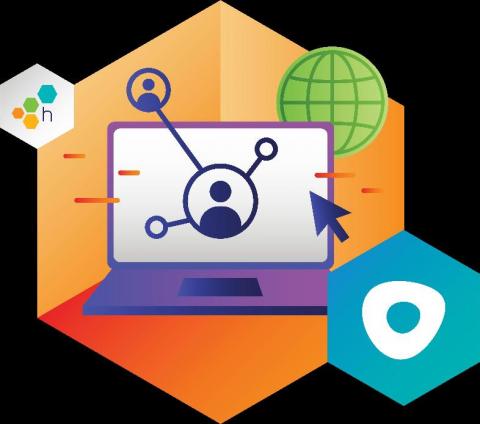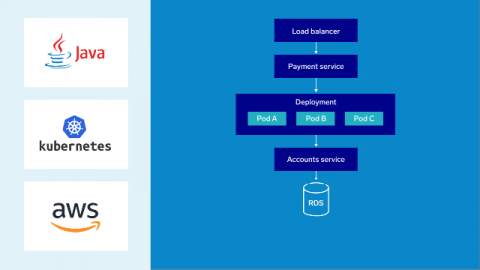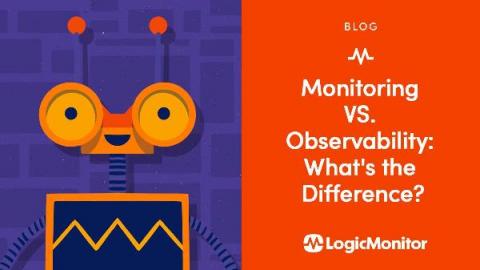Outreach Engages Their Production Code with Honeycomb
Outreach is the number one sales engagement platform with the largest customer base and industry-leading usage. Outreach helps companies dramatically increase productivity and drive smarter, more insightful engagement with their customers. Outreach is a privately held company based in Seattle, Washington. Tech Environment & Tools: Millions of Logs and Limited View Metrics.











